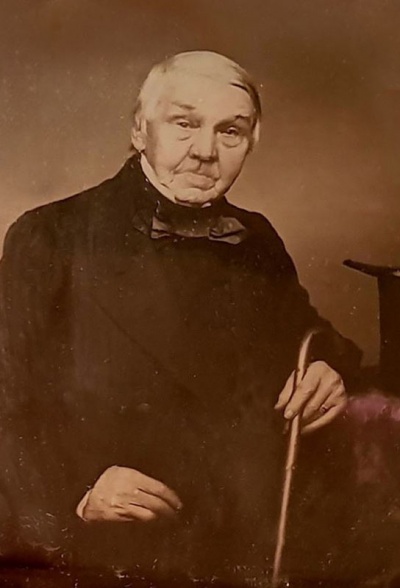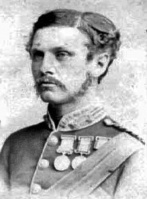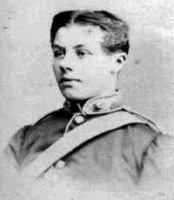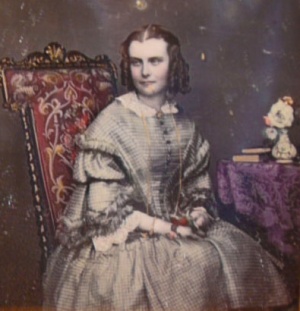Definition of the word ‘Love’:
- An intense feeling of deep affection.
- Interest and pleasure in something.
These are both dictionary definitions and do not describe or accurately represent how we feel about someone (or something).
It is argued that there are 8 different types of ‘love’:
- Agape — Unconditional Love – Often referred to as the ‘highest’ form of love. It’s given without any expecting a reward or something in return.
- Eros — Romantic Love. – The most primal form of love experienced in each person. (displayed through physical affection)
- Philia — Affectionate Love. – Love without romantic attraction. It occurs when both people share the same values and can respect one other.
- Philautia — Self-love. – Recognising self -worth and attending to personal needs.
- Storge — Familiar Love. – This is naturally occurring between parents, children and best friends. It’s love built upon acceptance and deep emotional connection.
- Pragma — Enduring Love. – This matures over many years between a couple that puts equal effort into their relationship and has both commitment and dedication to one another.
- Ludus — Playful Love. – The immature and early stages of intimate love.
- Mania — Obsessive Love. – An unhealthy obsession with another person, leading to codependency. Usually found in insecure individuals who need their partner to find a sense of self-value.
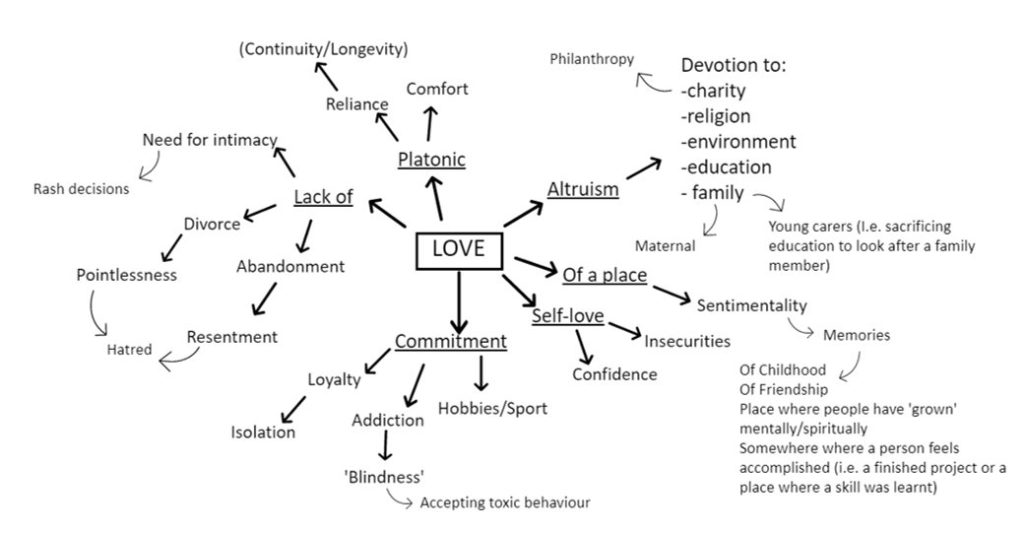
Below I’ve presented a mood board of images I feel represent this theme. The photos show different kinds of ‘love’, ranging from familial love to altruism and individuals’ loyalty to a partner or organisation.

For example, Chloe Jafe’s image from ‘I give you my life‘ (pictured in the middle) represents the commitment and dedication these women from Japan have towards their significant other. The large tattoo “irezumi” these women have denotes their allegiance to the Yakuza, an international crime syndicate, which ultimately makes them outlaws to society due to the stigma of tattoos in Japan.
Additionally, Alec Soth’s portrait (pictured top left) from the series ‘Songbook’ depicts a man in a dance pose, perhaps representing his love and passion for the art form.


